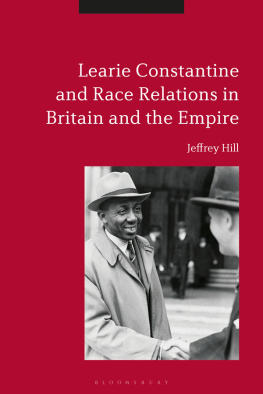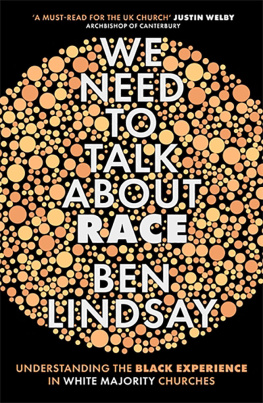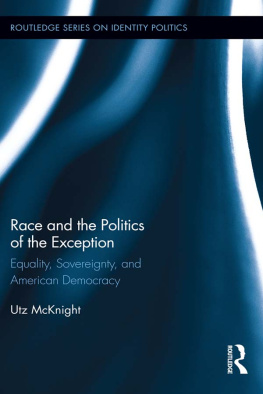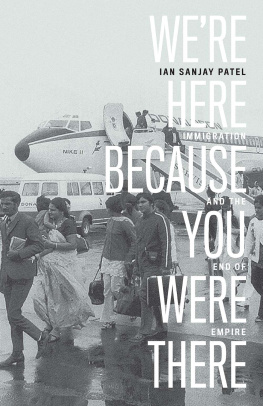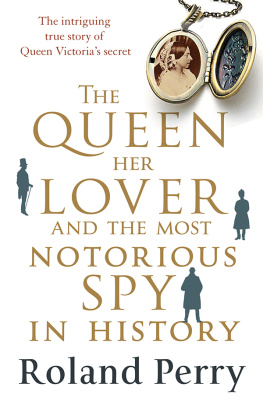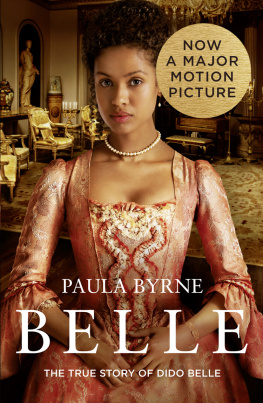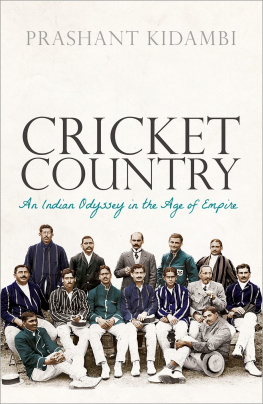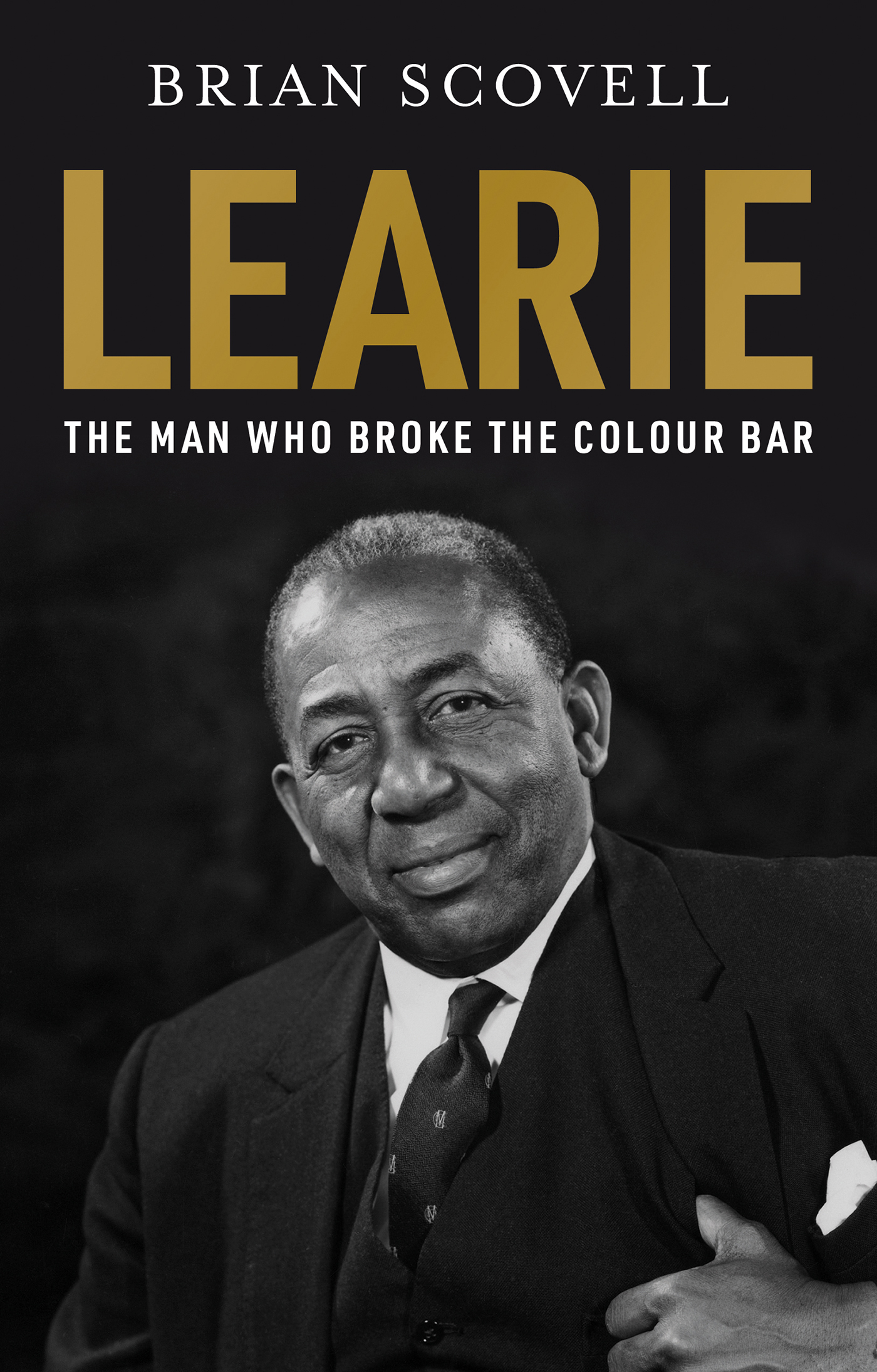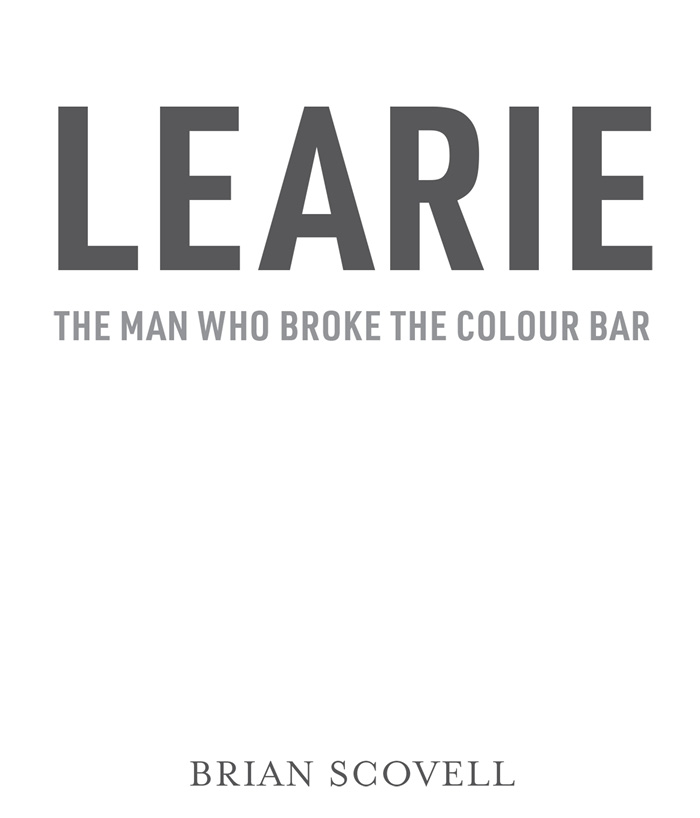Brian Scovell - Learie: The Man Who Broke The Colour Bar
Here you can read online Brian Scovell - Learie: The Man Who Broke The Colour Bar full text of the book (entire story) in english for free. Download pdf and epub, get meaning, cover and reviews about this ebook. year: 2021, publisher: Book Guild, genre: Non-fiction. Description of the work, (preface) as well as reviews are available. Best literature library LitArk.com created for fans of good reading and offers a wide selection of genres:
Romance novel
Science fiction
Adventure
Detective
Science
History
Home and family
Prose
Art
Politics
Computer
Non-fiction
Religion
Business
Children
Humor
Choose a favorite category and find really read worthwhile books. Enjoy immersion in the world of imagination, feel the emotions of the characters or learn something new for yourself, make an fascinating discovery.

- Book:Learie: The Man Who Broke The Colour Bar
- Author:
- Publisher:Book Guild
- Genre:
- Year:2021
- Rating:4 / 5
- Favourites:Add to favourites
- Your mark:
Learie: The Man Who Broke The Colour Bar: summary, description and annotation
We offer to read an annotation, description, summary or preface (depends on what the author of the book "Learie: The Man Who Broke The Colour Bar" wrote himself). If you haven't found the necessary information about the book — write in the comments, we will try to find it.
Lord Learie Constantine was an all-time great West Indian cricketer who found himself at the centre of race relations in 1940s Britain when, on June 30, he won a High Court action when he and his family were ordered out of the Imperial Hotel in Russell Square because white US soldiers objected. It led to the passing of the Race Relations Act in 1968 an act in which he was heavily involved.
Lord Learie was the grandson of a slave, a High Commissioner of Trinidad, the first Afro-Caribbean to become a Peer of the Realm, a BBC governor, a writer and, later, a pioneer in race relations during WW2 Britain and the Windrush affair. In cricket, Learie was a sporting icon, in politics, he made a discernible difference to equality in the UK. This book tells the important and sometimes overlooked story, of Lord Learies achievements both in the field of cricket and in politics. His fight for equality, seemingly against the odds, is a story that remains highly relevant today.
Brian Scovell ghostwrote Lord Constantines cricket commentaries between 1963-69 for the Daily Sketch, driving him around the country while attending Test matches. They formed a lifelong friendship culminating in Brian being invited to speak at the Houses of Parliament when the bust of Lord Learie was unveiled in 2019, marking the 50th anniversary of his being appointed as the first black Peer in 1969.
|Lord Learie Constantine was an all-time great West Indian cricketer who found himself at the centre of race relations in 1940s Britain when, on June 30, he won a High Court action when he and his family were ordered out of the Imperial Hotel in Russell Square because white US soldiers objected. It led to the passing of the Race Relations Act in 1968 an act in which he was heavily involved.
Lord Learie was the grandson of a slave, a High Commissioner of Trinidad, the first Afro-Caribbean to become a Peer of the Realm, a BBC governor, a writer and, later, a pioneer in race relations during WW2 Britain and the Windrush affair. In cricket, Learie was a sporting icon, in politics, he made a discernible difference to equality in the UK. This book tells the important and sometimes overlooked story, of Lord Learies achievements both in the field of cricket and in politics. His fight for equality, seemingly against the odds, is a story that remains highly relevant today.
Brian Scovell ghostwrote Lord Constantines cricket commentaries between 1963-69 for the Daily Sketch, driving him around the country while attending Test matches. They formed a lifelong friendship culminating in Brian being invited to speak at the Houses of Parliament when the bust of Lord Learie was unveiled in 2019, marking the 50th anniversary of his being appointed as the first black Peer in 1969.
Brian Scovell: author's other books
Who wrote Learie: The Man Who Broke The Colour Bar? Find out the surname, the name of the author of the book and a list of all author's works by series.

